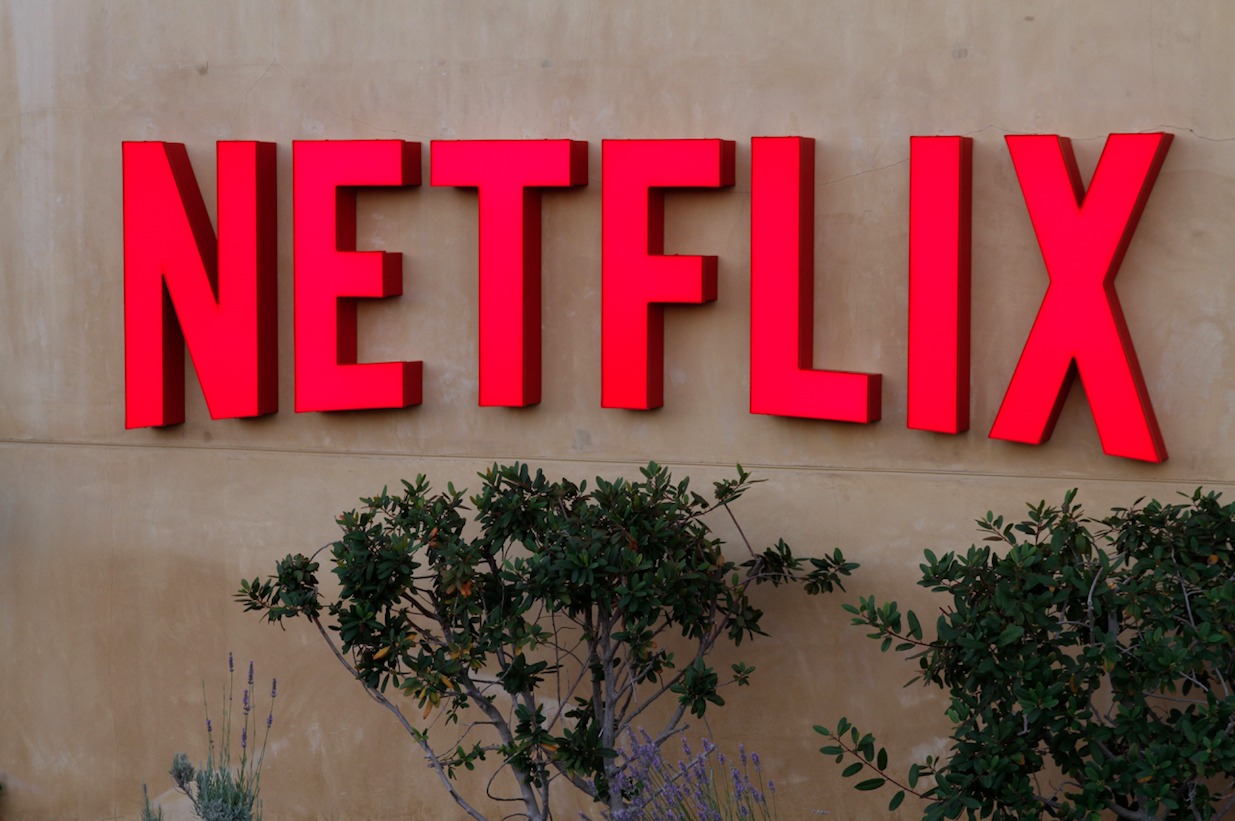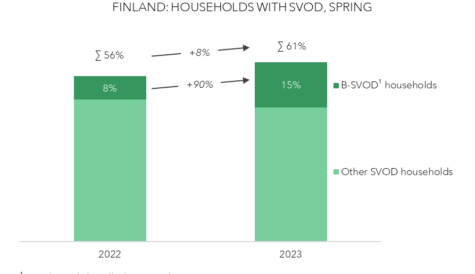
After more than 40 years of operation, DTVE is closing its doors and our website will no longer be updated daily. Thank you for all of your support.
Rivals gaining on still-dominant Netflix in US
 Rival services Hulu and Amazon Prime are making up ground in the battle with Netflix in the US, with the latter remaining dominant but losing market share, according to eMarketer.
Rival services Hulu and Amazon Prime are making up ground in the battle with Netflix in the US, with the latter remaining dominant but losing market share, according to eMarketer.
According to the research outfit, Netflix’s share of the US OTT market will drop to 87% this year, down from 90% in 2014. It predicts that Netflix will grow by 7.6% this year, despite the disappointing Q2 numbers it reported, ending 2019 with 158.8 million viewers.
Netflix is predicted to grow to 177.5 million viewers with a 86.3% share by 2023, so its decline in dominance will be gradual, according to eMarketer.
Hulu is expected to reach 75.8 million viewers this year – a share of 41.5% of subscription OTT users, giving it third place after Amazon Prime Video. That represents growth of 17.5%. This however represents a deceleration of Hulu’s growth rate from the 46.9% it recorded last year.
Amazon Prime Video is expected to have 96.5 million viewers at the end of this year, representing 52.9%, with year-on-year growth of 8.8%.
Among other major streaming options for US consumers, HBO Now is expected to have 23.1 million viewers this year, and Sling TV is expected to have seven million.
According to eMarketer, 182.5 million people are expected to use subscription OTT services this year, representing 55.3% of the US population.
“Netflix has faced years of strong competition for viewers, coming from streaming video platforms, pay TV services and even video games. While there is no true ‘Netflix killer’ on the market, Disney’s upcoming bundle with Disney+, Hulu and ESPN+ probably comes closest. Netflix’s answer has been to stick to what has made it the market leader—outspending the competition on both licensed and original content, offering customers a competitive price,” said eMarketer forecasting analyst Eric Haggstrom.
“The market for streaming video has been driven by an explosion in high-end original content and low subscription costs relative to traditional pay TV. A strong consumer appetite for new shows and movies has driven viewer growth for services like Netflix, Hulu and Amazon Prime Video, as well as the broader market.”


